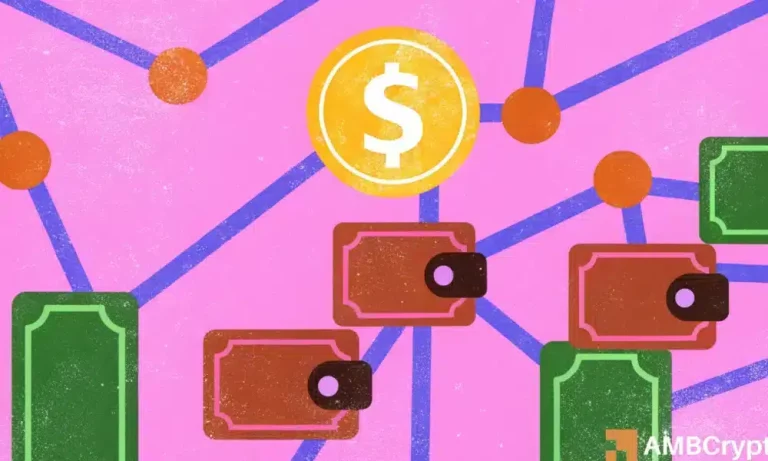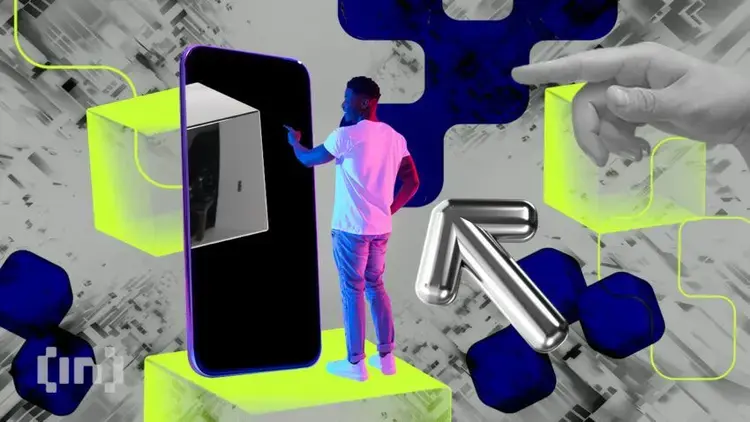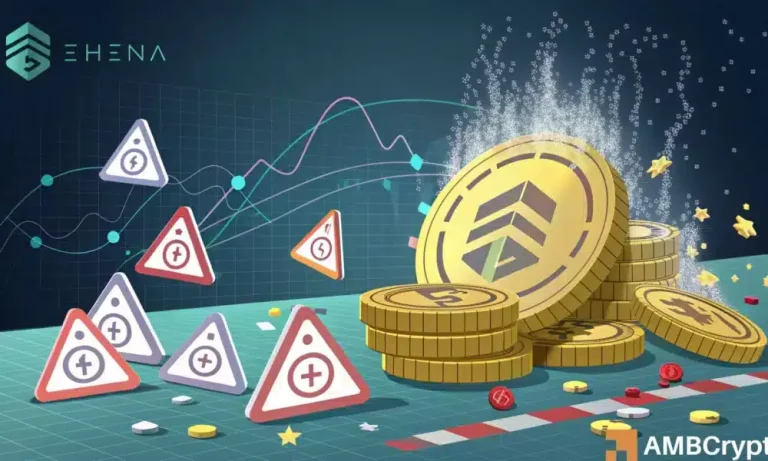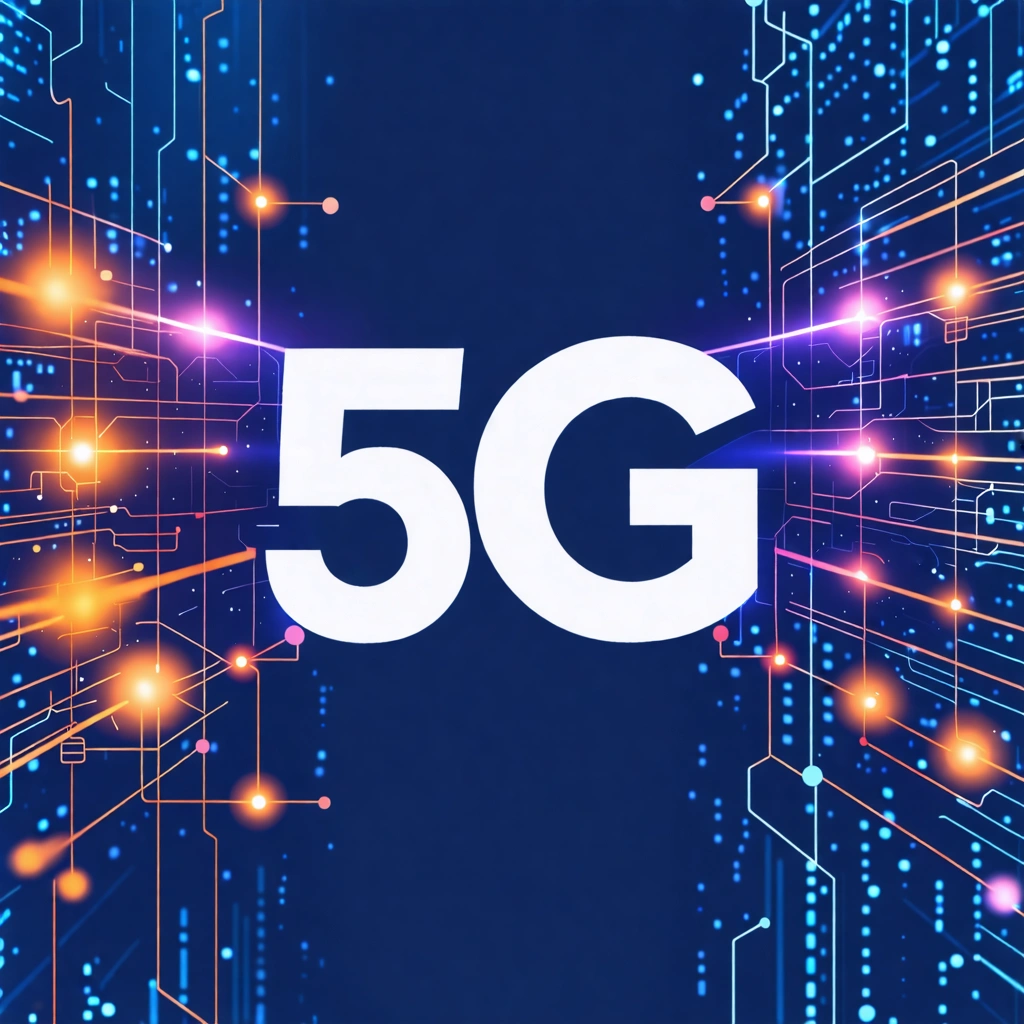
5G and Beyond: The Evolution of Wireless Technology
Takeaways:
- 5G technology represents a significant leap in wireless connectivity, offering faster speeds and lower latency.
- The evolution from 1G to 5G has transformed how we communicate and interact with technology.
- Future advancements, including 6G, promise even greater innovations, impacting industries from healthcare to automotive.
- The Internet of Things (IoT) is set to benefit immensely from enhanced wireless technologies.
- Understanding these trends is crucial for businesses and consumers alike to stay ahead in a rapidly changing digital landscape.
The evolution of wireless technology has been a remarkable journey, shaping the way we communicate, work, and live. From the early days of 1G to the cutting-edge capabilities of 5G, each generation has brought forth transformative advancements. As we stand on the brink of 6G and beyond, it is essential to explore how these technologies impact our world, paving the way for innovations we have yet to imagine.
Understanding 5G: What It Brings to the Table

One of the standout features of 5G is its low latency, which is the time it takes for data to travel from one point to another. With latency as low as one millisecond, 5G enables real-time communication, making it vital for applications that require instant feedback, such as autonomous vehicles, remote surgeries, and augmented reality experiences.
Moreover, 5G supports a massive increase in device connectivity. It can handle up to one million devices per square kilometer, making it ideal for the Internet of Things (IoT). This capability allows smart cities, connected homes, and industrial IoT applications to flourish, creating a more interconnected world.
The Journey from 1G to 5G: A Historical Perspective

With the advent of 2G in the early 1990s, digital technology emerged, enabling SMS messaging and limited data services. This was followed by 3G, which introduced faster data speeds and the ability to browse the internet on mobile devices, revolutionizing how we access information on the go.
4G LTE, launched in the late 2000s, further enhanced mobile internet speeds, allowing for HD streaming and the proliferation of mobile apps. Each generation built upon the last, setting the stage for the revolutionary capabilities of 5G.
The Impact of 5G on Industries
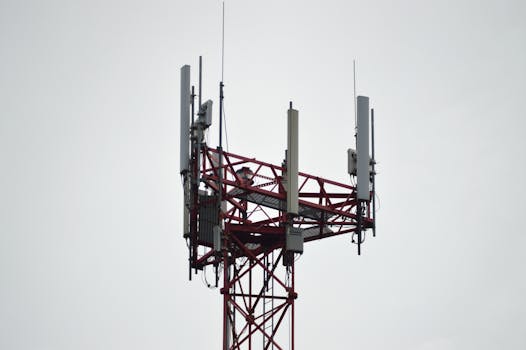
In the automotive sector, 5G is crucial for the development of autonomous vehicles. These vehicles rely on real-time data exchange with other vehicles and infrastructure to navigate safely. The enhanced connectivity offered by 5G allows for instantaneous communication, reducing the likelihood of accidents and improving traffic flow.
Furthermore, the entertainment industry is poised for transformation with 5G. Enhanced mobile broadband will enable immersive experiences through augmented reality (AR) and virtual reality (VR) applications. This capability opens doors for new forms of gaming, training, and virtual events.
The Future of Wireless Technology: Entering the 6G Era

One of the key features anticipated in 6G is even faster data rates, potentially reaching terabits per second. This leap in speed will enable unprecedented applications, including holographic communication, advanced AI integration, and the full realization of smart cities.
Additionally, 6G is expected to integrate various technologies like satellite communication, enhancing connectivity in remote areas and improving global internet access. The convergence of different communication technologies will create a seamless experience for users, regardless of their location.
The Role of IoT in Shaping the Future

As we transition to 6G, the IoT landscape will become even more sophisticated. Advanced sensors and devices will be able to communicate with each other seamlessly, leading to increased automation and efficiency across various sectors. For example, smart cities will leverage IoT data to optimize traffic management, energy consumption, and public safety.
Challenges and Considerations in Wireless Evolution

Additionally, security and privacy issues remain critical as more devices connect to the internet. The increase in connected devices raises the potential for cyber threats, requiring robust security measures to protect sensitive data and ensure user privacy.
Lastly, the environmental impact of deploying new infrastructure for 5G and beyond must be considered. The energy consumption of wireless networks and the disposal of outdated technology contribute to the carbon footprint, necessitating sustainable approaches in the design and implementation of these systems.
Conclusion

Understanding the implications of these advancements is crucial for businesses and consumers alike. By staying informed and adapting to these changes, we can harness the full potential of wireless technology, paving the way for a more connected and innovative future.

